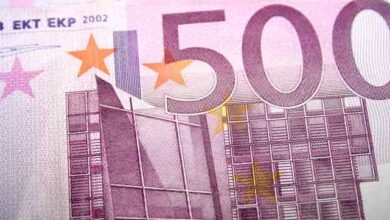Latin American Currencies Ride High Amid US Inflation Expectations

What’s going on here?
Most Latin American currencies rose against the dollar as investors anticipated key US data, boosting the Brazilian real, Colombian peso, and Chilean peso by 0.4% to 0.5%.
What does this mean?
The US core personal consumption expenditures (PCE) index, the Federal Reserve’s preferred measure of inflation, is expected to hold steady when released on Friday. This data could shape expectations for the timing of Federal Reserve rate cuts, with traders anticipating at least one rate reduction by the end of the year. The weaker dollar has already pushed a Latin American currency gauge up by 0.2% on Tuesday, setting the stage for monthly gains. In Brazil, inflation for the month to mid-May rose less than expected, keeping 12-month inflation within the central bank’s target range. This development might prompt another 25 basis point cut in the Selic rate at the central bank meeting in June, following a previous cut by the same amount earlier in the month.
Why should I care?
For markets: Latin American currencies gain momentum.
The recent gains in Latin American currencies reflect investor optimism ahead of crucial US inflation data. A weaker dollar generally benefits emerging markets by making their exports more competitive and easing the burden of dollar-denominated debt. For instance, Brazil’s Bovespa index edged up by 0.15%, and Petrobras’ new chief executive underscored the national significance of the Equatorial basin for oil exploration, highlighting Brazil’s balanced approach amid environmental concerns.
The bigger picture: A cautious approach to monetary easing.
The International Monetary Fund (IMF) praised Brazil’s flexibility regarding the pace of monetary easing as prudent. This reflects broader economic strategies in Latin America to maintain stability amid global uncertainties. In parallel, political shifts in Argentina, such as the recent cabinet reshuffle by President Javier Milei, indicate ongoing efforts to navigate economic reforms, though challenges persist in Congress and recent market rallies for government bonds and the local currency are showing signs of fatigue.
Source link





